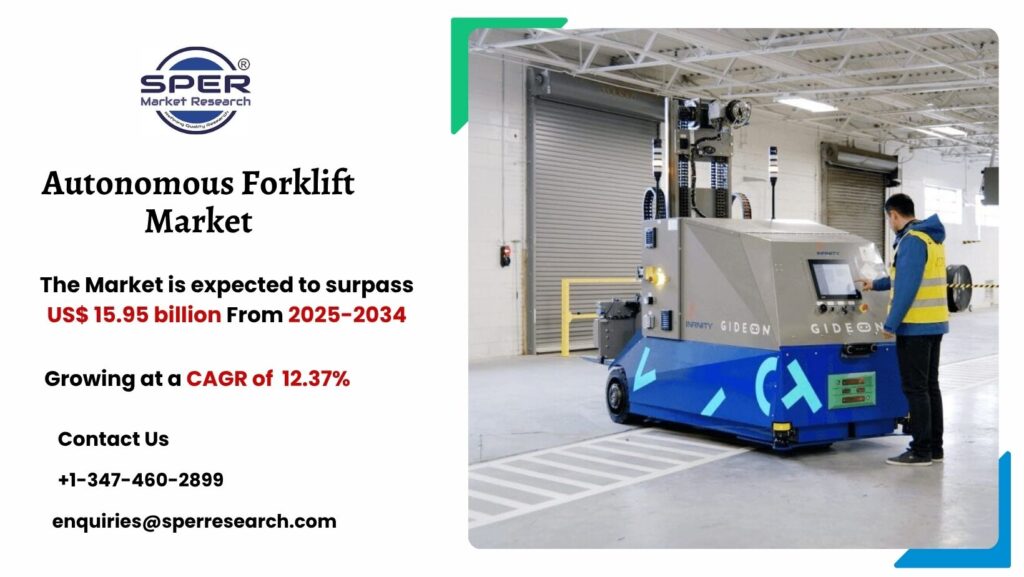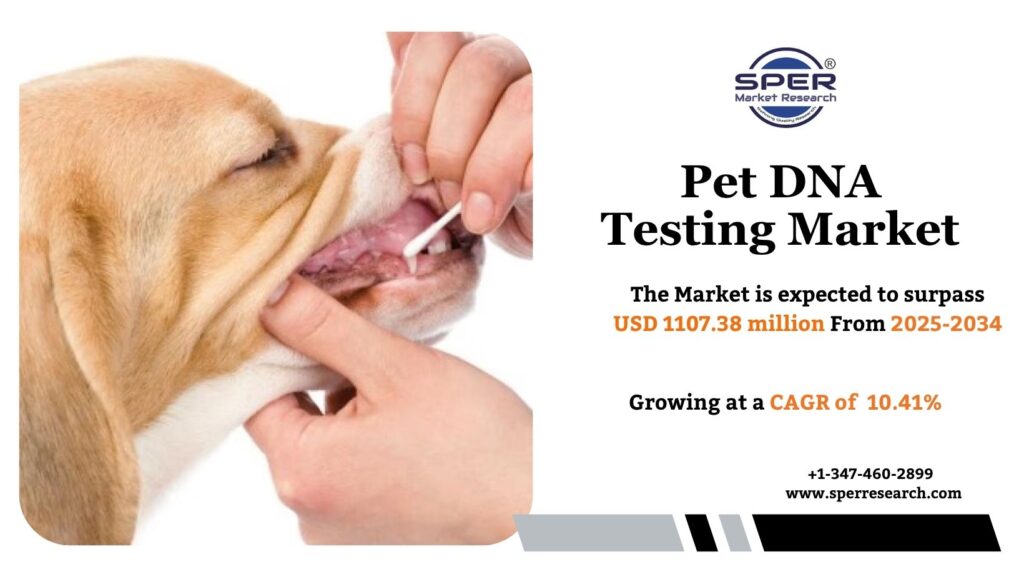Mining lubricants are specially formulated oils and greases used to protect and enhance the performance of heavy machinery in mining operations. These lubricants reduce friction, heat, and wear on equipment such as excavators, drills, and conveyors, which often function under harsh conditions including high pressure, extreme temperatures, and exposure to dust and debris. By improving efficiency and preventing equipment failures, mining lubricants help lower maintenance costs and extend the service life of machinery. They come in various forms, including synthetic, mineral-based, and bio-based types, tailored for different needs and environments.
According to SPER market research, ‘Global Mining Lubricants Market Size- By Product, By Application – Regional Outlook, Competitive Strategies and Segment Forecast to 2034’ state that the Global Mining Lubricants Market is predicted to reach 10.72 Billion by 2034 with a CAGR 4.05%.
Drivers:
The growth of the mining lubricants market is largely driven by the increasing need to enhance the efficiency and lifespan of mining equipment. A key factor is the shift from traditional manual lubrication methods to more efficient automatic systems, which reduce downtime and improve performance. Growing awareness of the benefits of these systems is further accelerating adoption. The industry is also gradually transitioning from synthetic to bio-based lubricants, influenced by environmental regulations, changing consumer preferences, and feedstock innovations. Advances in molecular design, processing technologies, and raw materials are also enhancing product performance, supporting continued market expansion.
For Detailed Analysis in PDF Format, Here- https://www.sperresearch.com/report-store/mining-lubricants-market?sample=1
Restraints:
The mining lubricants market faces several challenges that could limit its growth. The high cost of advanced and synthetic lubricants often makes them less accessible for smaller and mid-sized mining companies. The demanding conditions in mining, such as extreme temperatures, heavy loads, and dusty environments, require lubricants with exceptional durability and consistent performance, which can be difficult to achieve. Stricter environmental regulations are pushing manufacturers to develop eco-friendly, bio-based products, often leading to increased production costs. Additionally, supply chain issues and volatile raw material prices create further uncertainty in the market.
For More Information, refer to below link: –
Mining Lubricants Market Trends
Asia Pacific dominated the market and is projected to maintain its lead, fueled by rising steel demand in developing nations such as China and India, where steel plays a crucial role in construction and transportation. China remained the largest contributor to the region’s growth, owing to its position as a leading producer of coal, gold, and various other minerals. Some significant market players are BASF SE, BP P.L.C., Chevron Corporation, Exxon Mobil Corporation, FUCHS, Kluber Lubrication, Quaker Chemical Corporation
Related Reports:
Synthetic Lubricants Market Growth
Vietnam Automotive Lubricants Market Growth
Follow Us –
LinkedIn | Instagram | Facebook | Twitter
Contact Us:
Sara Lopes, Business Consultant — USA
SPER Market Research
enquiries@sperresearch.com
+1–347–460–2899









